Beautiful skin, cool down with squash peel
Winter melon is often used as an ingredient to prepare dishes such as stir-fries, soups, boiled dishes or salads. When preparing winter melon, people often discard the skin, but in fact, the skin is just as delicious as the flesh. In particular, the skin of this fruit contains a lot of fiber and trace elements necessary for the body such as copper, zinc, iron, manganese, etc.
According to experts, similar to the flesh, the squash peel has a cooling effect, helping to cool the body on hot days. Using squash peel has a diuretic effect, supporting the process of eliminating toxins from the body through the urinary tract.
According to General Practitioner Bui Dac Sang, in Oriental medicine, squash peel is still used to help loosen phlegm, reduce dry coughs, and coughs with phlegm. The antioxidants in squash peel have the ability to support recovery, reduce asthma symptoms, and reduce inflammation.
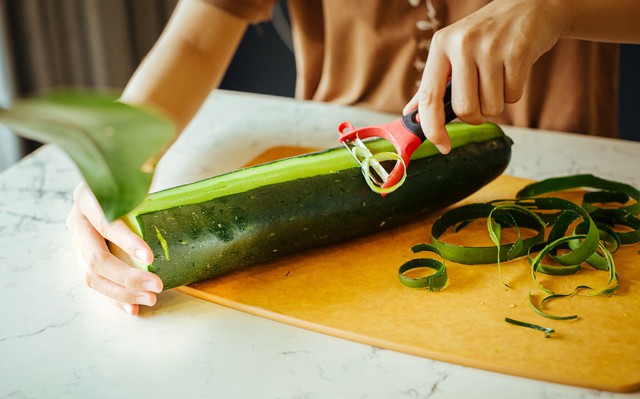
When eating squash, don't rush to throw away the skin because it is also good for your health if you know how to use it. Photo HM
With important vitamins and minerals such as vitamin C, potassium, magnesium, and antioxidants, using squash peel helps strengthen the immune system and is effective in treating heat, pimples, and prickly heat that are common in the summer. At the same time, they also help strengthen the respiratory system, reducing the risk of respiratory diseases.
However, squash peel only has a supportive effect and cannot completely replace cough and asthma treatments. Therefore, if you have respiratory problems, you still need to consult and receive proper treatment from a doctor. Using squash peel is only supportive.
Some studies show that squash peel has the effect of beautifying the skin, making the skin smooth, reducing the risk of acne. Compounds in squash peel have the ability to inhibit melanin production, making the skin brighter, fading dark spots. People still use squash peel to apply on the face or as a face wash.
How to use squash peel
With squash skin, before processing, you should wash the squash. Then, peel off the hard outer skin, cut into small, even pieces or strips. You can add a little salt, soy sauce, balsamic vinegar, garlic, pepper... and stir well to soften the squash skin, making it tastier and enhancing the flavor.
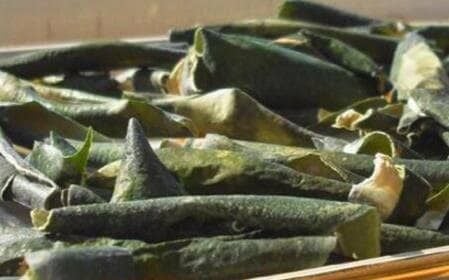
Dried squash peel
To treat bone and joint pain, squash peel has also been used since ancient times. Accordingly, when cutting the squash peel, you should cut a little deeper into the flesh, the peel is about 3 mm thick. This part is dried, then put in a pan to fry until golden brown and grind into powder. The powder is divided into several uses, stored in the refrigerator. When using, everyone takes a small spoon of squash peel powder mixed with half a cup of warm water, stir until dissolved and drink. Every day, we drink 3 times like that, about 30 minutes after meals.
In addition, squash peel has a diuretic effect, helping to eliminate toxins from the body. You can boil squash peel with water to drink to cool down and detoxify or cook it with red beans and ginger peel.
Source: https://giadinh.suckhoedoisong.vn/an-bi-dao-nguoi-viet-toan-do-bo-thu-quy-nhu-bau-vat-giup-giai-nhet-dep-da-nay-ma-khong-hay-1722506131615535.htm










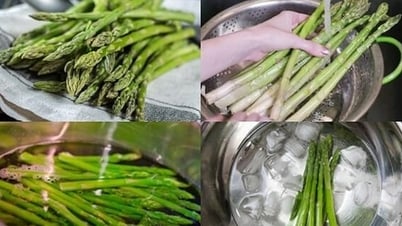

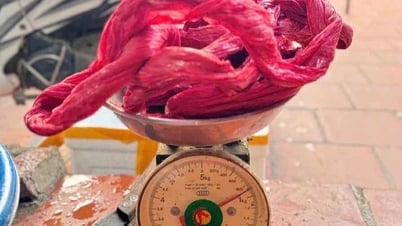



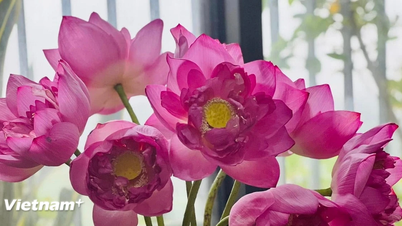






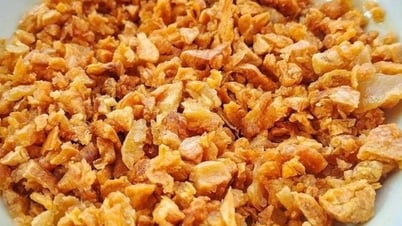



![[Photo] Prime Minister Pham Minh Chinh receives leaders of several Swedish corporations](https://vphoto.vietnam.vn/thumb/1200x675/vietnam/resource/IMAGE/2025/6/14/4437981cf1264434a949b4772f9432b6)




















































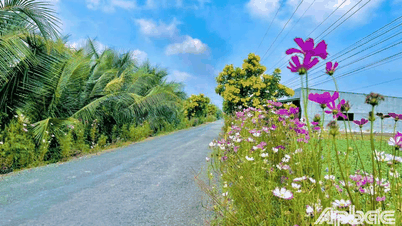


















Comment (0)